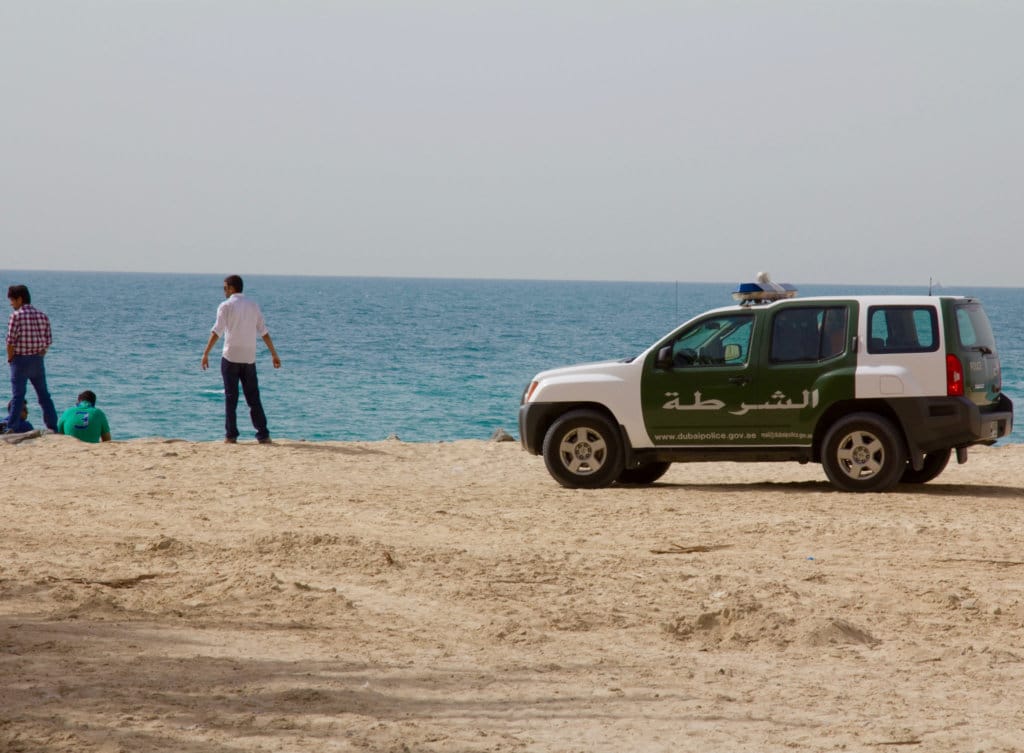As many as 322 Indians killed themselves in the Gulf countries of the United Arab Emirates (UAE), Oman, Saudi Arabia and Kuwait in 2017, marking a rise from the previous year’s figure of 303 individuals. Of these, Saudi Arabia recorded the highest number of suicides, at 117, Firstpost.com reported, citing a response provided by the Indian embassies in Dubai, Muscat, Kuwait and Riyadh to a Right to Information (RTI) query.
The number of Indians who ended their lives in 2017 in the UAE was 116, while the corresponding figure was 46 in Oman and 43 in Kuwait, the report said.
The situation continues to be distressing this year. Up to June 10, 2018, the number of Indians who committed suicide in Oman was 32, as compared to 55 in UAE, 20 in Kuwait and 49 in Saudi Arabia.
Data released by the public prosecution of Oman showed that 15 of the 25 suicide cases registered in 2016 involved Indians, the report added.
The main factor behind many of these suicides was illegal emigration through touts, the publication cited MC Luther, the Protector General of Emigrants under the Ministry of External Affairs (MEA), as saying. However, social workers blame the situation on various issues, such as financial mismanagement, family issues back in India, and unstable job conditions faced by migrant employees in Gulf countries.
The ongoing political differences and oil crisis have further increased the uncertain conditions that foreign workers face in the Gulf nations. All these are perhaps contributing to a decrease in the number of Indians looking towards the Middle East for better prospects now. According to data from the Indian government, the number of emigration clearances granted to Indians moving to the Gulf for blue-collared jobs fell by 50 percent to 391,024 in 2017 from 784,152 in 2015.
The number of international migrants from Kerala, the Indian state known for sending large number of workers to the Gulf, declined to 2.2 million in 2016 from a peak of 2.4 million in 2013, according to a research paper, titled Impact of Mortality and Fertility Transitions in Kerala on Migration and Its Implications for the State’s Economy. The near saturation bottom levels of mortality and fertility levels, combined with an ageing population and decline in the number of people in the migration-prone age groups could lead to a further dip in international migration from the state, the report, released by the Centre for Development Studies (CDS) and Centre for Migration and Inclusive Development (CMID) earlier this year, said.
The UAE, however, was the most attractive destination for Indian workers in 2017, with 149,962 people getting jobs there, followed by Saudi Arabia, at 78,611 workers. The corresponding figures for Kuwait, Oman and Qatar were 56,380, 53,332 and 24,759, respectively.
The 2017 figures marked a decline from the corresponding numbers of 2016. A total of 163,716 Indian workers went to the UAE for work that year, while 165,355 people went to Saudi Arabia, followed by Kuwait (72,384) and Oman (63,236), according to data released by the Ministry of External Affairs, Overseas Employment division earlier this year.
